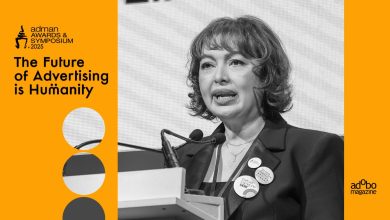CANNES – The Grand Prix for Digital Craft Lions goes to ‘Aeronaut VR’ by Isobar New York and Viacom New York’s ‘Aeronaut VR’ for William Patrick Corgan. It is a music video for the GRAMMY Award-winning singer featuring a hologram live performance surrounded by virtual environments that are created entirely using VR tools Tilt Brush and Blocks.
Digital Craft Jury President Jean Lin says of the campaign, “It’s not just a piece of a music video, it’s actually a full virtual reality experience that you can put yourself into. You can be with Billy Cogan while he’s playing the piano, surrounded by all the change of scenery, moods, and environment. It’s so seamless, so natural, and it’s so easy to enjoy.”
The Digital Craft also gave three Gold Lions for ‘Live Looper’ of BBDO New York for Downtown Records, ‘Dispatch’ by Here Be Dragons Los Angeles for Oculus, and ‘Ricky Brasil’ by Ogilvy Brasil São Paulo for Forbes Brasil.
Eight Silver Lions and 15 Bronze Lions were also awarded.
The complete list of winners for the Digital Craft Lions can be viewed here:
Digital Craft Lions Winners by adobo magazine on Scribd








